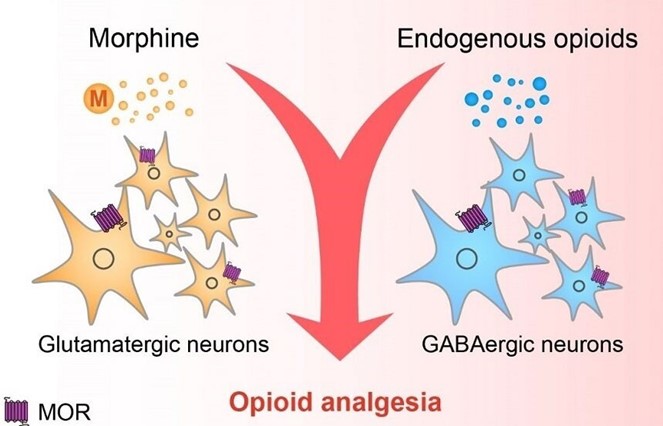The practical nurse (PN) is providing care for a client who is receiving an aminoglycoside to treat a bacterial infection. To assess for signs of ototoxicity, which action should the PN take?
Observe the skin for a rash.
Monitor the client's hearing.
Measure the urinary output.
Check for changes in vision.
The Correct Answer is B
The correct answer is choice B: Monitor the client's hearing. Choice A rationale:
Observing the skin for a rash is not relevant to assessing for signs of ototoxicity. Aminoglycosides can cause skin reactions, but this is not a specific sign of ototoxicity.
Choice B rationale:
Monitoring the client's hearing is essential when administering aminoglycosides because these medications can cause ototoxicity, which is damage to the inner ear and auditory nerve leading to hearing loss or tinnitus. Regular hearing assessments can help detect any changes in hearing and prompt appropriate interventions.
Choice C rationale:
Measuring the urinary output is not directly related to assessing for ototoxicity.
Aminoglycosides can cause kidney toxicity, but this is a separate concern from ototoxicity. Choice D rationale:
Checking for changes in vision is not specifically associated with aminoglycoside administration. Vision changes are not a common side effect of these medications, so it would not be a primary assessment in this situation.
Nursing Test Bank
Naxlex Comprehensive Predictor Exams
Related Questions
Correct Answer is B
Explanation
PVCs are abnormal heartbeats that occur when a ventricle contracts earlier than expected. They can indicate electrolyte imbalance, such as hypokalemia, which can result from NG suctioning. The PN should report this finding to the healthcare provider, as it may require treatment or adjustment of the suctioning.
The other options are not correct because:
A. Hyperactive bowel sounds on assessment may indicate increased peristalsis or bowel obstruction, but they are not related to the client's symptoms or NG suctioning.
C. Hypoactive bowel sounds on assessment may indicate decreased peristalsis or ileus, which are expected after bowel surgery and do not require immediate intervention.
D. Regular heart rate of 100 beats per minute on telemetry may indicate tachycardia, which can have various causes, but it is not as concerning as PVCs in this context.
Correct Answer is B
Explanation
This is the best action for the PN to use in assisting this client to deal with his pain because it provides a non-pharmacological method of pain relief that can enhance the effect of the opioid analgesic. Slow, rhythmic breathing can help the client relax, distract from the pain, and increase oxygenation and blood flow.

A. Dimming the lights in the room and closing the door may not be enough to help the client deal with his pain and may not address his psychological or emotional needs.
C. Turning the television on to the client's favorite show may not be effective in helping the client deal with his pain and may be distracting or irritating for him.
D. Obtaining a prescription for a higher dose of pain medication may not be necessary or appropriate for this client and may increase the risk of side effects or dependence. The PN should assess the client's pain level and response to the current dose before requesting a change in medication.
Whether you are a student looking to ace your exams or a practicing nurse seeking to enhance your expertise , our nursing education contents will empower you with the confidence and competence to make a difference in the lives of patients and become a respected leader in the healthcare field.
Visit Naxlex, invest in your future and unlock endless possibilities with our unparalleled nursing education contents today
Report Wrong Answer on the Current Question
Do you disagree with the answer? If yes, what is your expected answer? Explain.
Kindly be descriptive with the issue you are facing.
